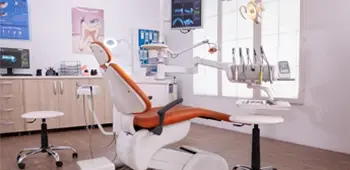Hygiene in Public Transport: A Comprehensive Guide for a Healthy Journey
Although public transport is an indispensable part of our daily lives, it can create a suitable ground for the shelter of various microorganisms due to its crowded and closed environments. Therefore, paying attention to hygiene in public transport is very important for a healthy journey.
Why should we pay attention to hygiene in public transport?
Common infectious diseases in public transport include colds, flu, nausea, eye infections and various viral infections. These diseases can easily spread through coughing, sneezing, contact transmission and airborne droplets. In addition, some resistant bacteria can also survive for long periods of time on public transport and increase the risk of infection.
Precautions for Hygiene in Public Transport
- Hand Hygiene: Wash your hands with plenty of soap and water for at least 20 seconds before and after getting on and off public transport. If soap and water are not available, use an alcohol-based hand sanitiser. It is especially important to clean your hands after touching handles, seats or other surfaces.
- Do not touch your face: Do not rub your mouth, nose or eyes with your hands. Your hands can come into contact with surfaces that harbour many germs and can transmit these germs to your body.
- Mask Use: Using a mask, especially in crowded hours and in stuffy environments, is an important protection against respiratory and droplet-borne diseases. When choosing a mask, prefer a medical mask.
- Social Distancing: Try to avoid other travellers as much as possible. Especially avoid people who are coughing or sneezing.
- Surface Contact: Avoid direct contact with seats, handles or other surfaces in public transport. If you must, you can use gloves or disinfect the surfaces you come into contact with.
- Keep Your Personal Belongings Clean: Clean your mobile phone, keys and other personal belongings regularly.
- Strengthen Your Immune System: Eat a balanced diet, get enough sleep and exercise regularly to strengthen your immune system.
- Do not use public transport when you are sick: If you are ill, avoid using public transport. This is the most effective way to protect yourself and other passengers.
Cleaning and Disinfection of Public Transport Vehicles
Regular cleaning and disinfection of public transport vehicles is essential to prevent the spread of infectious diseases. Frequent ventilation of vehicles will also help reduce germs in the air.
Among the disinfection methods used in public transport:
- Chemical disinfectants: Specialised disinfectants used for cleaning surfaces and equipment.
- Ozone disinfection: A method that effectively destroys microorganisms in the air and on surfaces.
Particular Cautions
- Pandemic Periods: When using public transport during pandemic periods, it is necessary to apply measures such as wearing a mask, following social distancing rules and frequent hand hygiene more strictly.
- People with Chronic Diseases: People with chronic diseases should be more careful when using public transport and consult their doctor.
- Children and the elderly: Children and the elderly are more susceptible to infections as their immune systems are weaker. Therefore, they should be extra careful when using public transport.
Although public transport is a fact of modern life, it also brings with it the risk of spreading infectious diseases. However, we can significantly reduce this risk thanks to the simple precautions mentioned above. Following hygiene rules is important both to protect our own health and to contribute to the health of those around us.






















